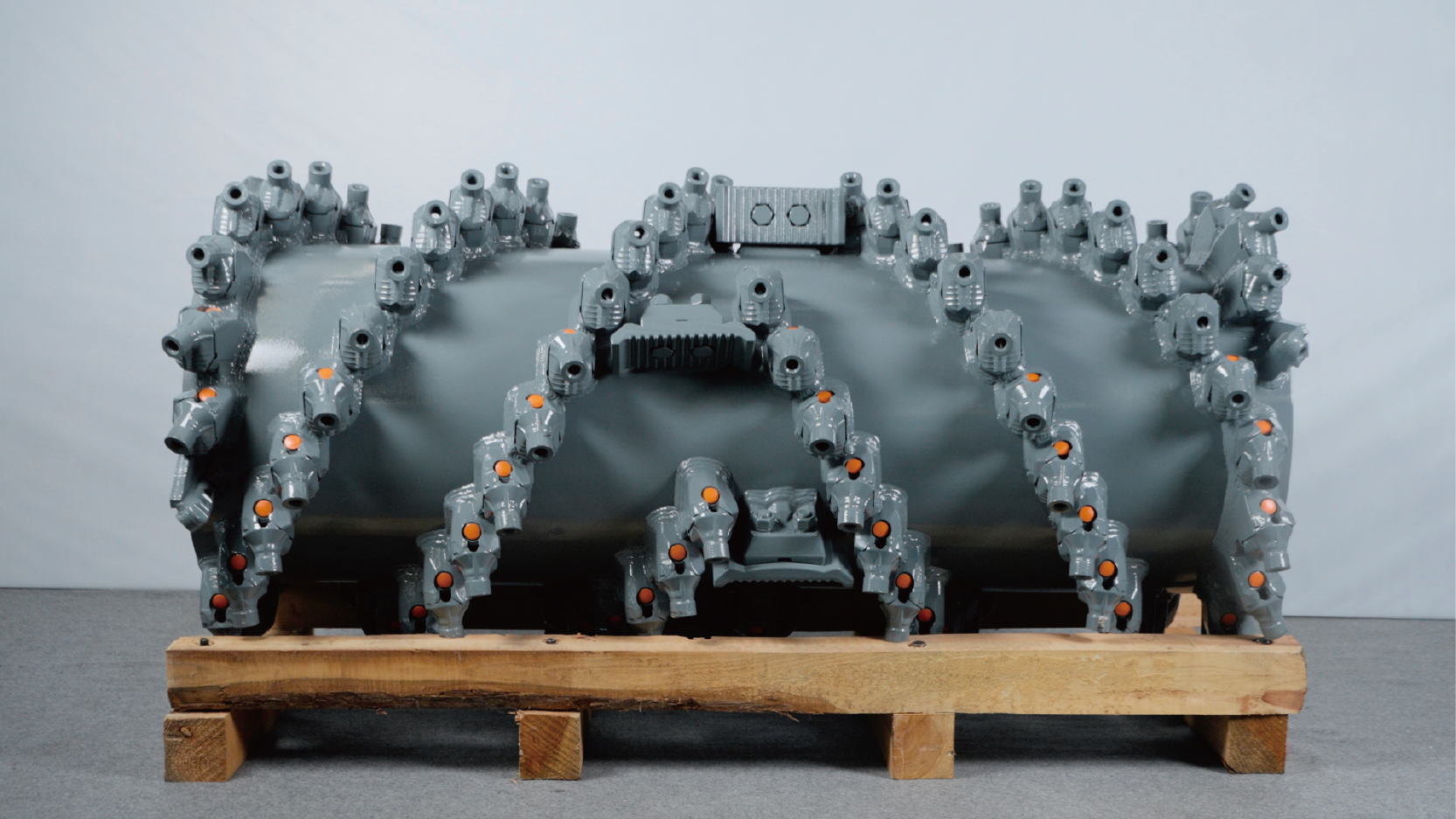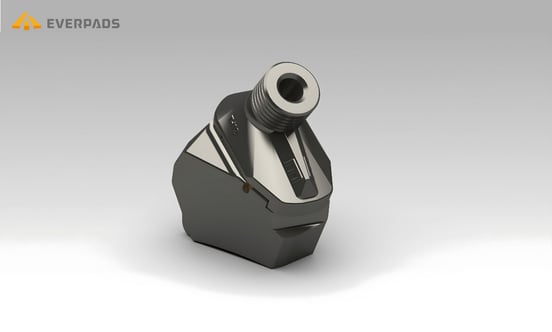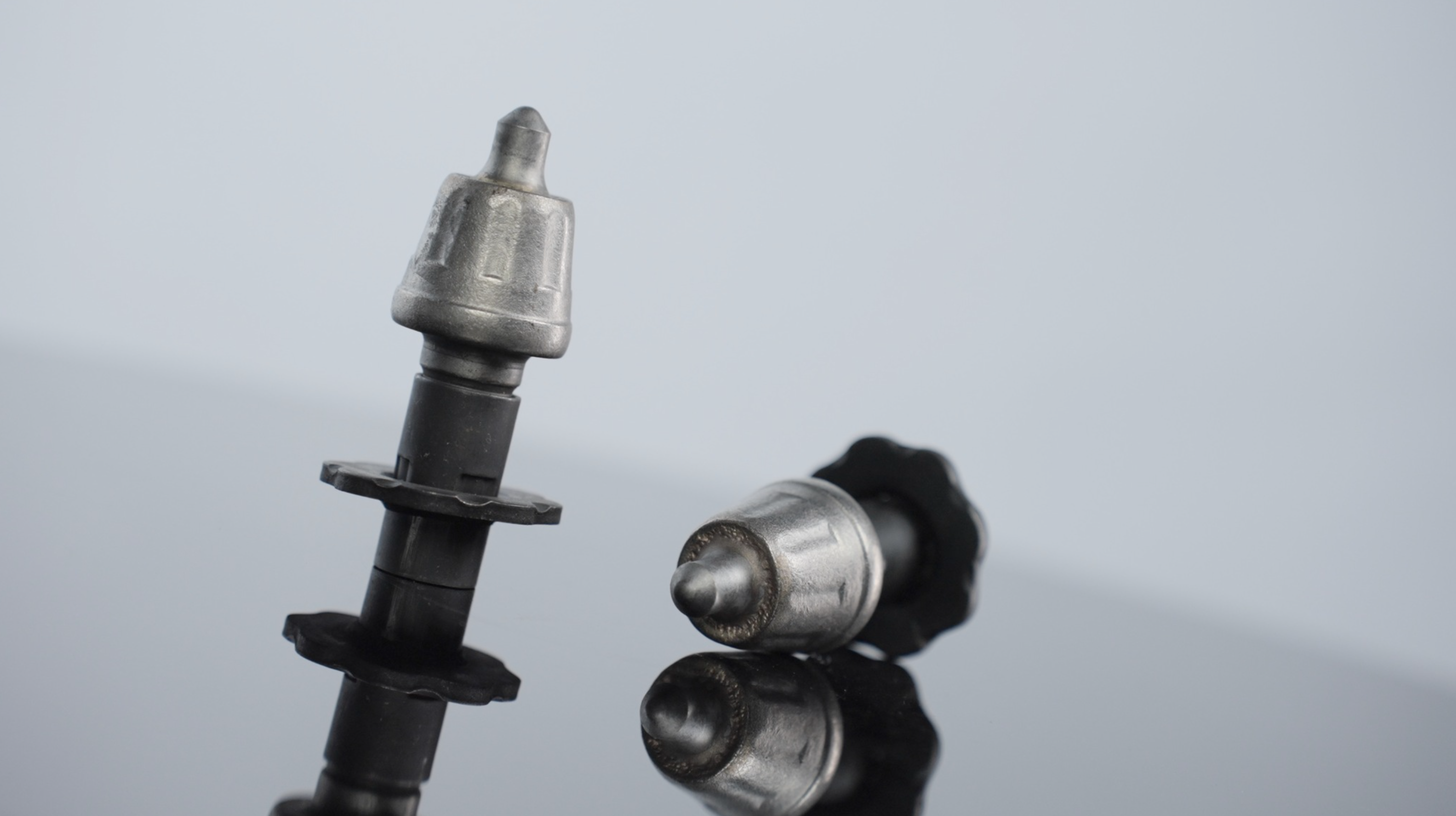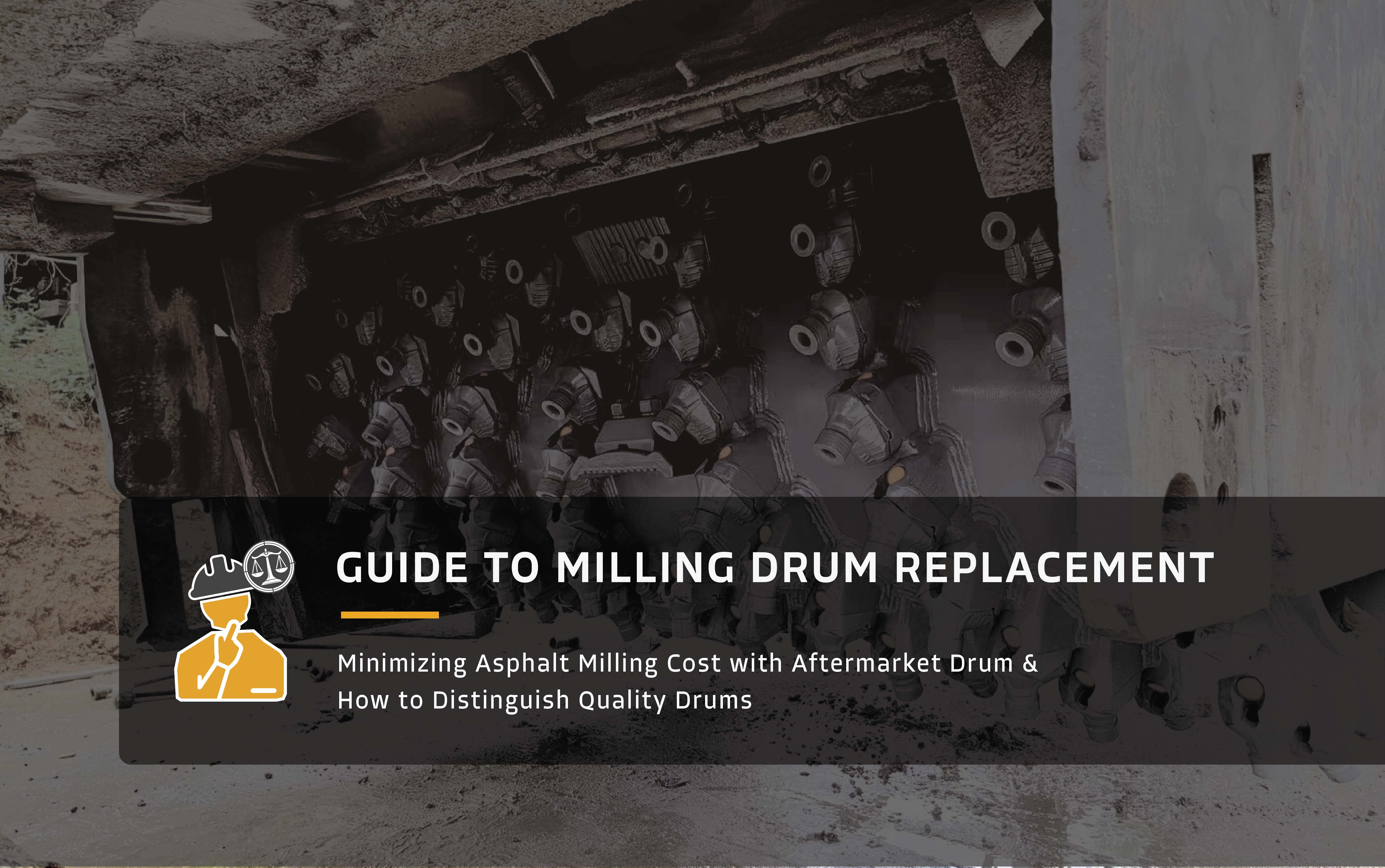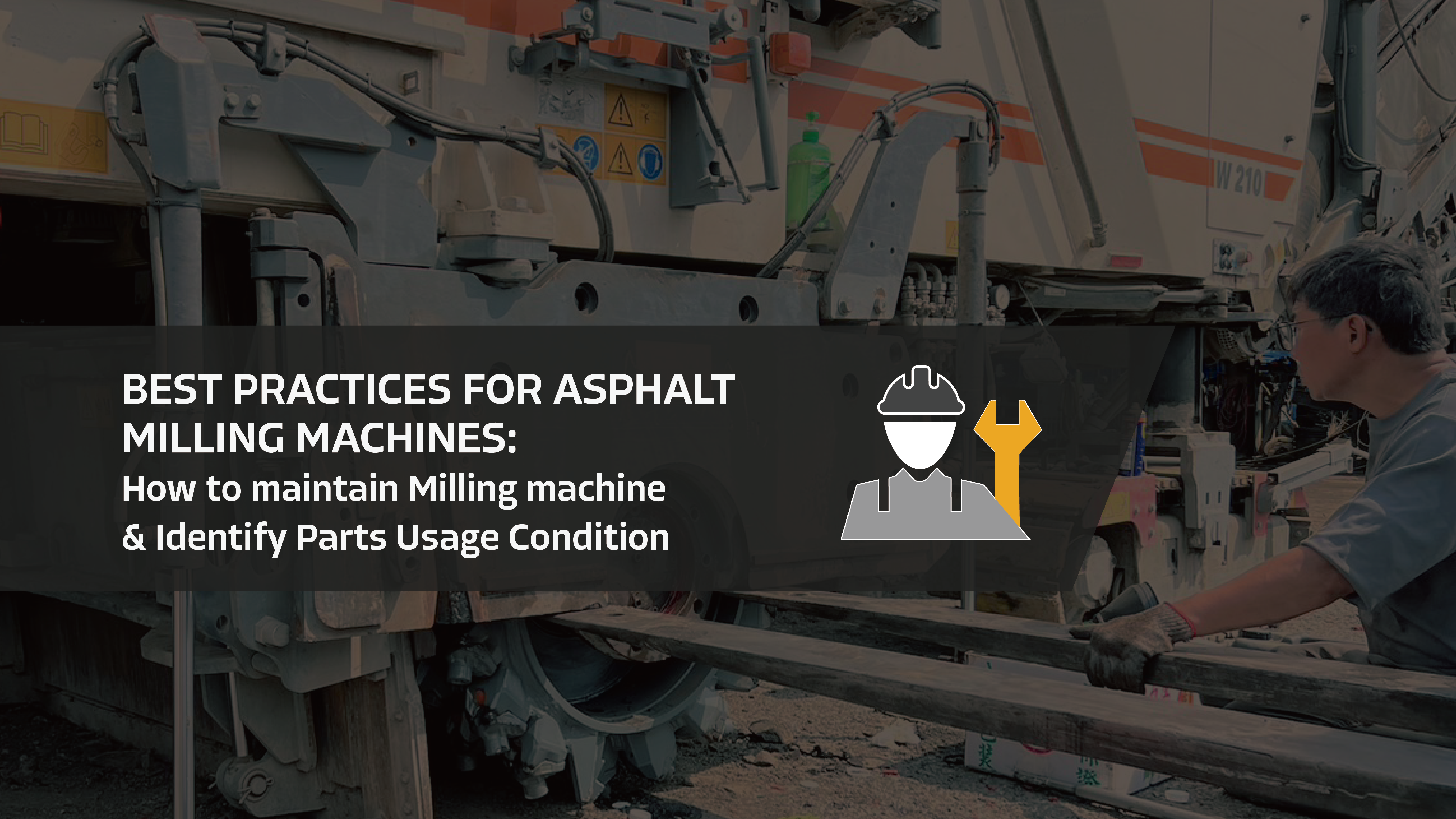Maximizing Milling Efficiency: Learn How to Assess Tool Holders for Superior Milling Performance
14. May. 2024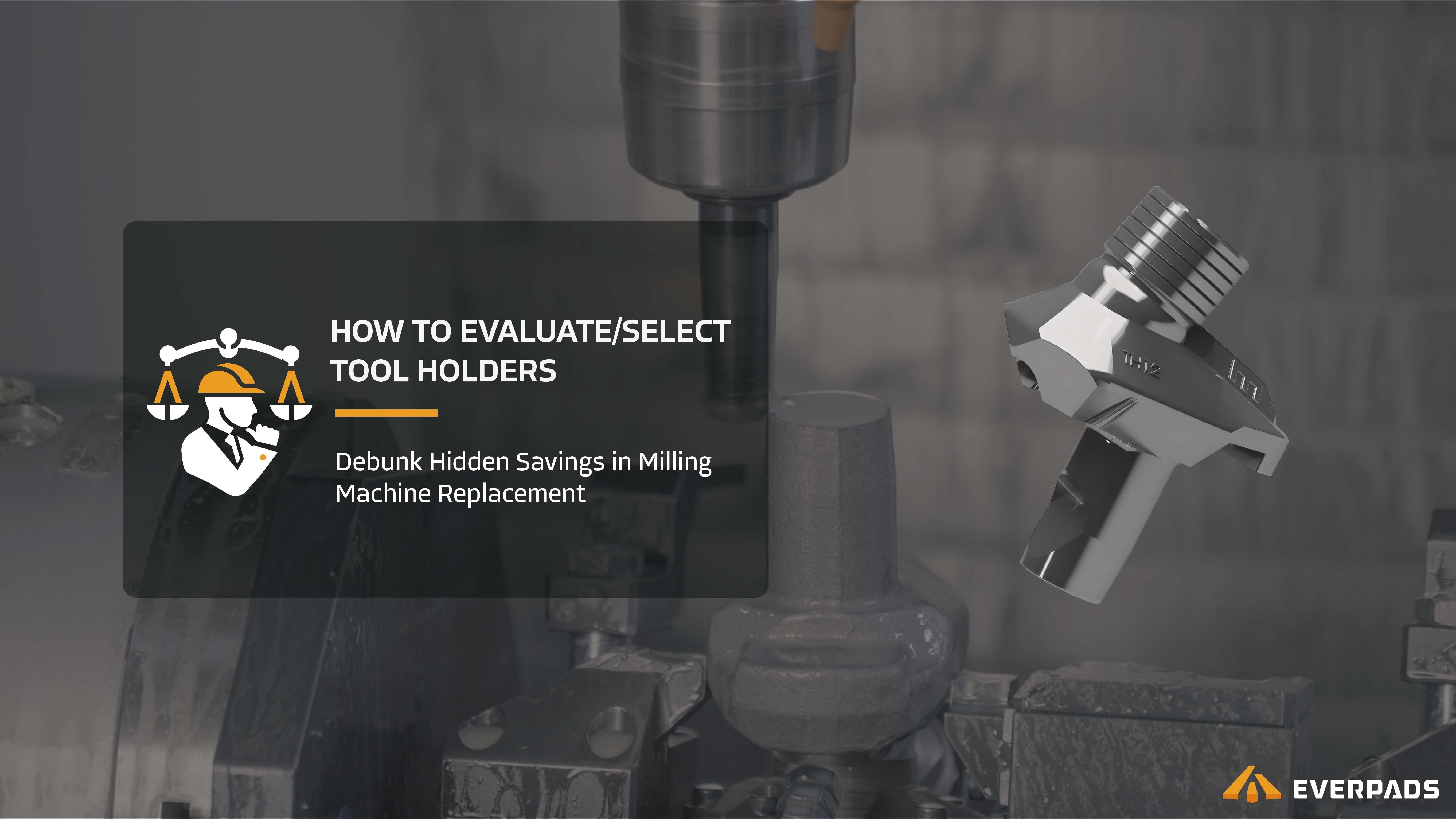
This blog will be beneficial to people who are:
- Looking for a new supplier of tool holders.
- Learning how to assess their tool holders.
- Beginners in the field who want to excel in it.
Consider replacing your tool holder in the following situations:
- Your tool holder's surface becomes uneven due to wear and tear.
- Your milling teeth start to show partial wear.
- You aim to increase efficiency and reduce costs in your milling operations.
Table of Contents:
1. The Overlooked Importance of Tool Holders in Asphalt Milling Machines
2. How to Assess Your Tool Holder's Performance
3. Decoding Tool Holder Design: Key Features and Their Impact on Milling Efficiency
4. Costly Oversights: The Financial Impact of Neglecting Tool Holder Quality
Check List: Expert Tips for Choosing the Right Tool Holders
6. Conclusion
The Overlooked Importance of Tool Holders in Asphalt Milling Machines
- Prolonging the service time of drum and teeth: Well-designed tool holders, combined with best practices, can extend the service time of the tool base by 10-20%. This prolongation means an extended service life for the milling drum. Furthermore, it correctly positions your milling teeth, allowing them to rotate as expected and reducing partial wear of the teeth.
- Ensuring optimal performance of drum and teeth: A well-designed tool holder will maintain the teeth at the designed angle while in contact with the surface, providing consistent force to the teeth and stable alignment with the drum. This ensures that the milling results are as expected.
Oct%2cv2%20v6-1.jpg?width=571&height=316&name=(%E7%B5%82%E7%A8%BF)Oct%2cv2%20v6-1.jpg)
Critical Role of Tool Holders in Milling Operations
How to Assess Your Tool Holder's Performance
When your current tool holders no longer meet the necessary performance standards, affecting the efficiency and quality of milling operations, considering an alternative becomes an option. Here are key indicators and situations when you should consider looking into alternatives, such as our proprietary tool holder:
1. Torque Retention Concerns: If your tool holders cannot sustain a torque of 450 Nm with the base after 500 working hours, a replacement might be necessary. Consistent failure to maintain this torque before reaching the expected lifespan suggests exploring alternatives, including other brands, is advisable.
2. Visible Wear Indicator for Tool Holder Maintenance: Visible Wear Indicator for Tool Holder Maintenance: Tool holders typically feature three surface lines as wear indicators, which worn out over time. When only one line remains, it signals the need for replacement. Premature exhaustion of these lines indicates that considering different brands may be wise.
3. Partial Wear Concerns for Tool Holders: Uneven or angled wear on the tool holder can impair milling quality, leading to unsatisfactory surface finishes. Consistent premature wear before reaching the expected lifespan indicates suboptimal performance, warranting exploration of alternative brands.
4. Evaluating Welded Tool Base Integrity: The integrity of the welded tool base, crucial for securely holding the milling teeth, must be assessed. If the base inadequately grips the teeth, it suggests that the tool holder system may not be meeting performance standards, potentially requiring an upgrade or consideration of alternative brands for optimal functionality.
Decoding Tool Holder Design: Key Features and Their Impact on Milling EfficiencyOct%2cv2%20v5.png?width=768&height=130&name=(%E7%B5%82%E7%A8%BF)Oct%2cv2%20v5.png)
1. Centralization and Force Absorption: Peak milling efficiency requires tool holders that securely grip and smoothly rotate the teeth. The design must effectively centralize the teeth and absorb the significant forces generated during milling operations. These features ensure robust performance and precision throughout the milling process.
2. Alignment and Stability with Bases: The ability of the holder to align precisely with the bases, ensuring stable distribution of milling forces, is crucial. Precise alignment prevents damage to the base from holder vibrations or movements, thus prolonging the service life of the milling drum.
3. Wear-Resistance: The wear resistance of tool holders is a critical factor in their durability. High wear resistance, achieved through the use of superior raw materials and advanced manufacturing processes, extends the holder's lifespan, maintaining performance over time and reducing the frequency of replacements.
4. Enhanced Contact Area with the Base: Increasing the contact area between the holder and the base is essential for evenly distributing force. This approach reduces stress on individual points, enhancing the durability of the base and its ability to withstand forces. By maximizing the contact area, the risk of damage is mitigated, both under normal operating conditions and in more demanding environments, thereby improving the lifespan and overall durability of the system.
Costly Oversights: The Financial Impact of Neglecting Tool Holder Quality
2. Premature Teeth Failure Costs: Using lower-quality holders can reduce the lifespan of milling teeth by 20-30%. Considering a drum with 176 teeth, each costing $4, this diminished longevity means an unnecessary outlay of around $211 for each cycle of teeth replacement.
3. Costs from Unexpected Milling Results: Inferior holders not only incur direct hardware replacement costs but also impair milling efficacy, leading to suboptimal results. This inefficiency can disrupt construction timelines, lower machine productivity, and provoke untold indirect financial losses, further detracting from profits.
Check List: Expert Tips for Choosing the Right Tool Holders
Below is a curated checklist of essential features to consider in your selection of tool holders:
Toolholder Evaluation Checklist:
- Contact Surface Area: Evaluate the contact surface area between the tool holder and the base, as this affects force distribution and overall stability.
- Centralization of Teeth: Assess the specific design of the teeth hole angle to ensure precision and effective centralization of the teeth during operation.
- Force Absorption: Consider the amount of contact area available for high force absorption during milling, which contributes to operational efficiency and durability.
- Alignment with Drum Bases: Check for precise alignment with drum bases, a factor indicative of manufacturing precision that impacts performance and wear.
- Self-Centralization: Examine the shank design on the sleeve for self-centralization capabilities, which promote base stability and consistent performance.
- Wear Resistance: Look for enhanced wear resistance, achieved through the use of high-quality materials, to ensure longevity and reduce the frequency of replacement.
- High Precision Manufacturing Equipment: Ensure the use of high precision manufacturing equipment, such as 3D position robot arms and multi-axis machining lathes, which are crucial for achieving the desired accuracy and quality in tool holder production.
ConclusionOct%2cv2%20v4_Oct%2cw4-3.jpg?width=350&height=262&name=(%E7%B5%82%E7%A8%BF)Oct%2cv2%20v4_Oct%2cw4-3.jpg)
.png?width=698&height=417&name=%E5%AE%98%E7%B6%B2logo%20(1).png)
